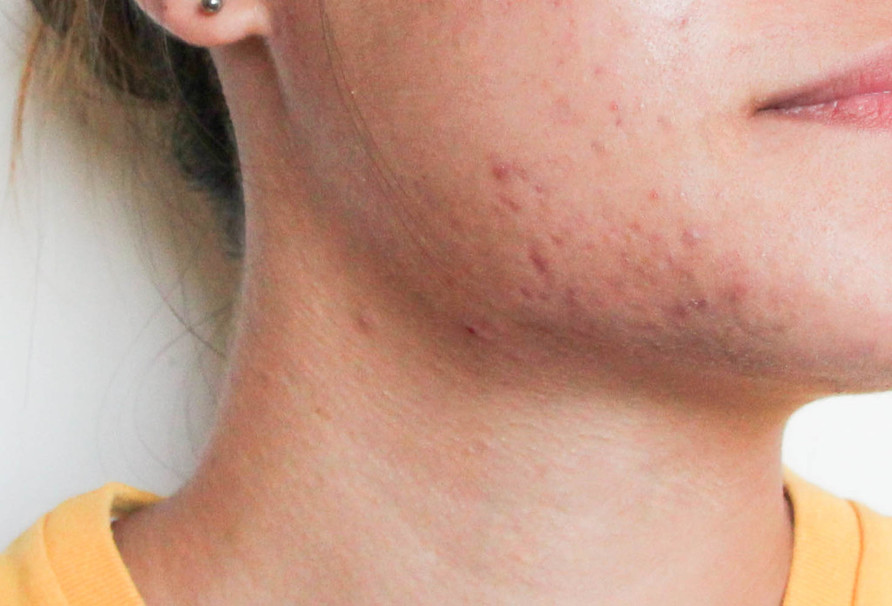ACNE

What is acne?
Acne, also called acne vulgaris, is the most common skin condition in the United States. There are several different variants of acne vulgaris. Acne vulgaris is characterized by comedomes, papules, pustules, and nodules located around sebaceous glands. A comedone is a whitehead (closed comedone) or a blackhead (open comedone) without any signs of inflammation such as redness or tenderness. Papules and pustules are raised bumps with obvious inflammation. Please see “acne vulgaris” for more information.
What kind of acne do I have?
Occasionally, patients with acne vulgaris may exhibit variants of the disease. Some of these variants require more aggressive treatment.
- Acne fulminans: This is a systemic disorder in which an acne eruption occurs in the presence of fevers and joint pain. The acne eruption is acute with the formation of large red, painful nodules, scaly plaques and bloody crusts. This disorder affects mostly males and lesions usually involved the trunk.
- Acne conglobata: This is a severe form of nodular acne and is most commonly seen in young males. Large draining nodules and severe scarring may occur, usually located on back, chest and buttocks.
- Gram-negative folliculitis: This disorder occurs in patients with pre-existing acne who have been treated with long-term systemic antibiotics, like tetracycline. Initially, these patients respond to the oral antibiotics and see improvement of their acne. The patients then develop resistance to the antibiotic leading to infection with Gram-negative bacteria and worsening of acne. “Gram-negative” bacteria include Enterobacter, Klebsiella or E. coli species.
- Neonatal acne and infantile acne: These two types of acne are caused by different conditions. Please see “neonatal acne” for more information.
How is acne treated?
Please refer to “Acne Vulgaris.”
References:
http://emedicine.medscape.com/article/1069804-followup


